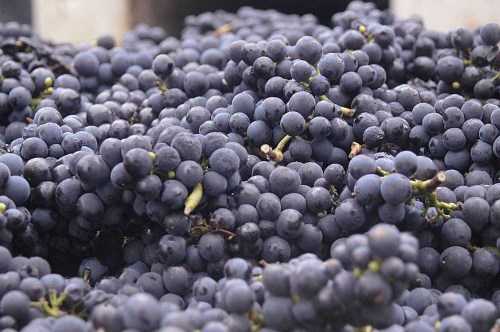Funding approved to fight vineyard pest in Oregon
Published 6:45 am Wednesday, July 12, 2023
MEDFORD, Ore. — Oregon’s wine industry is fighting to eradicate a potentially harmful insect that was recently discovered in a handful of Rogue Valley vineyards.
The invasive insect, known as vine mealybug, has been present in California since the mid-90s but was not identified in Oregon until 2021. It can be a serious problem for winegrowers, directly impacting crop yield and quality.
So far, vine mealybug has only been found in four or five commercial vineyards within a small area of Jackson County, according to the Oregon State University Extension Service.
State lawmakers allocated $312,100 to the Oregon Department of Agriculture and $135,000 to OSU’s Southern Oregon Research and Extension Center to monitor and suppress vine mealybug before it becomes more widespread.
Funding was included as part of a larger appropriations package — Senate Bill 5506 — that passed on the final day of the 2023 legislative session.
Early threat
“By addressing the (vine mealybug) threat early, we will have improved our chances of protecting our growers and wineries from economic harm,” said Brian Gruber, a Southern Oregon winemaker and president of the Oregon Winegrowers Association.
Gruber said the Oregon Wine Board has already invested $105,000 to contain vine mealybug. OWB collects a $25-per-ton winegrape tax from growers statewide to support marketing, research and education programs on behalf of the industry.
Additional state backing will further assist ODA and OSU working with affected growers to curb vine mealybug, while officials conduct more surveys to ensure the pest has not spread beyond Southern Oregon. Approximately two-thirds of Oregon’s $157.9 million winegrape crop comes from the Willamette Valley, north of where vine mealybug has been detected.
“It’s getting ahead of a small problem before it becomes a big problem,” Gruber said.
How mealybugs impact plants
There are two primary ways that vine mealybug can negatively affect vineyards.
First, the insect is a key vector of leafroll virus that can reduce crop yield of infected vines by up to 60%.
The pest also secretes excessive honeydew on winegrape clusters, causing them to grow mold.
“If the infestation is severe and not controlled, it can have a direct negative impact on the fruit,” said Alec Levin, a viticulturist and station manager at the Southern Oregon Research and Extension Center in Central Point, which is helping local vineyards with identification, outreach and best management practices.
Though tiny, Gruber said the fuzzy, white insects can be spotted with the naked eye. In addition to certain pesticides, he said one of the most effective management tools for growers are pheromone traps that disrupt the mealybugs’ ability to reproduce and grow.
Though vine mealybug isn’t pervasive in Oregon now, the biggest threat is that it could spread over time, Gruber said. He and Levin each emphasized that growers will have to work together to prevent that from happening.
“Both ODA and OSU have skilled resources ready to work with the industry to control and monitor this issue,” Levin said. “And the growers in the affected area are organized and willing to collaborate with ODA and OSU to do the suppression work. This strong partnership will allow us to get a handle on this pest.”







